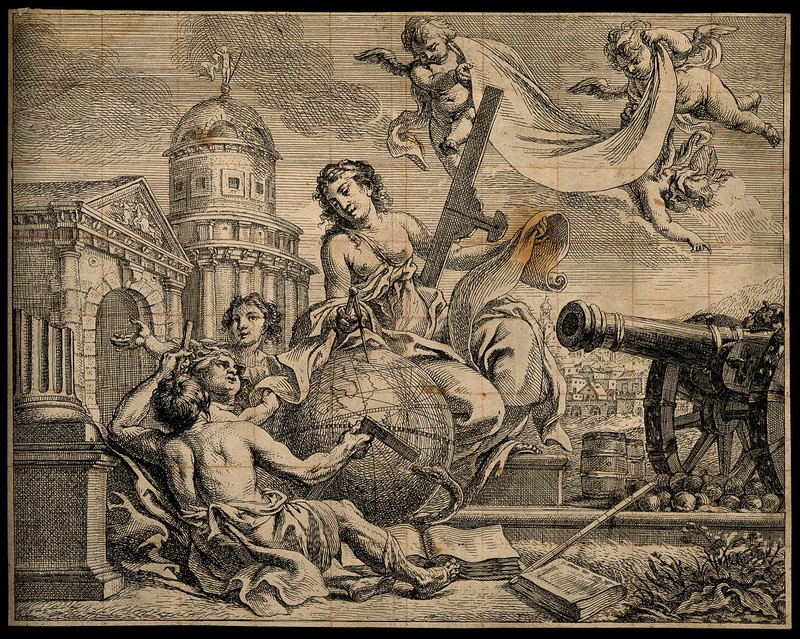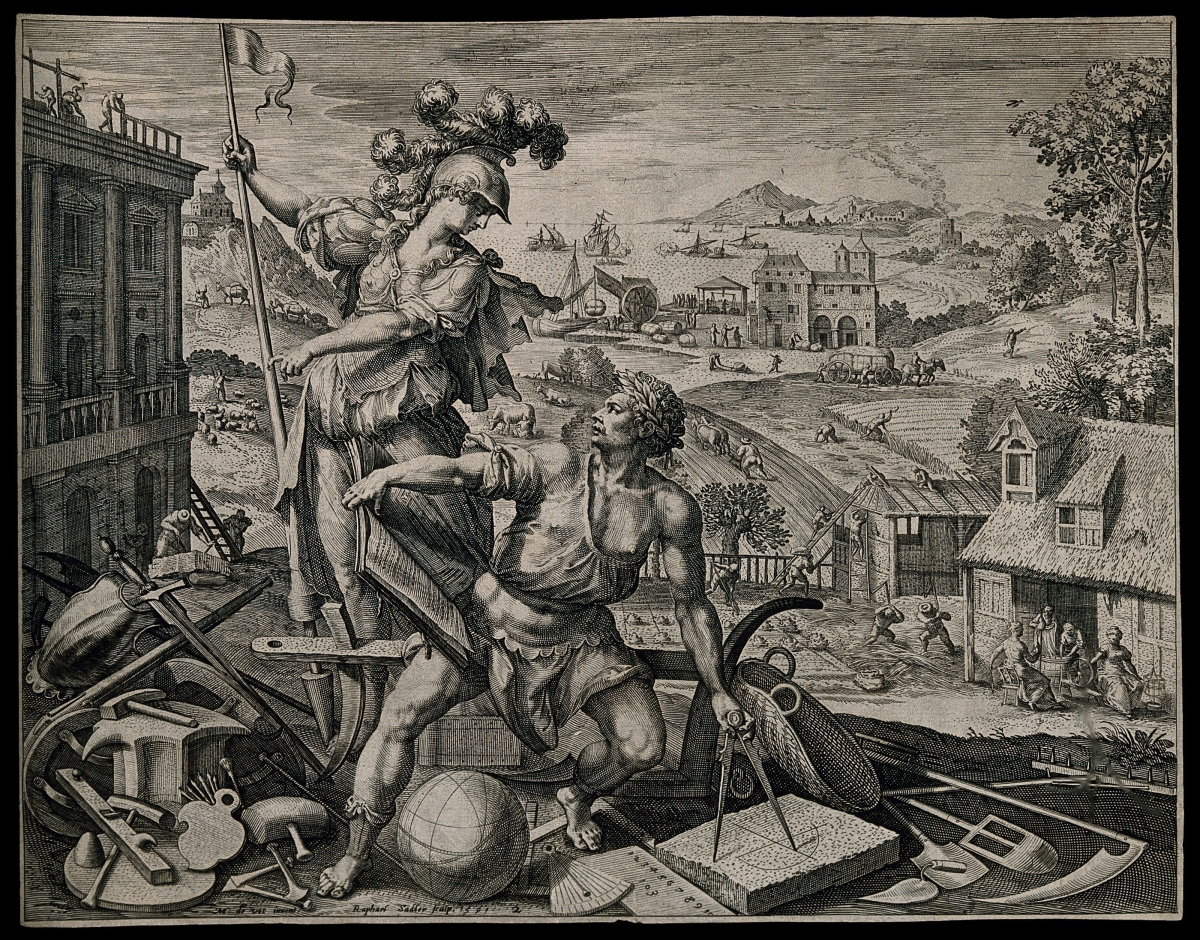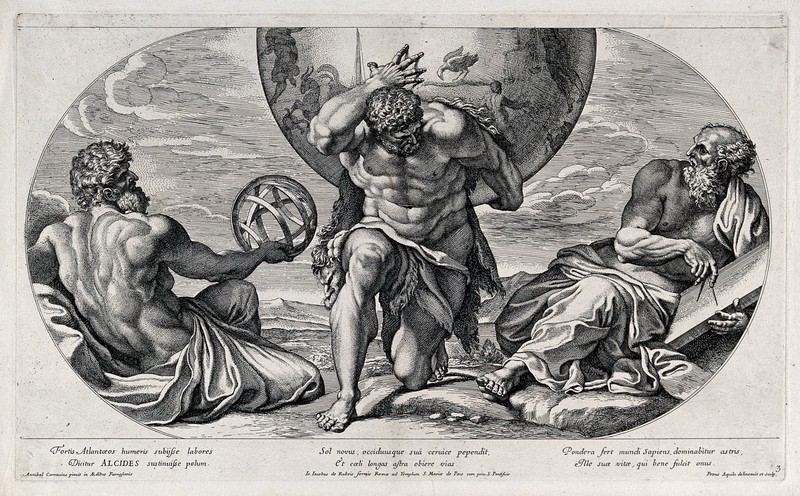- About MAA
- Membership
- MAA Publications
- Periodicals
- Blogs
- MAA Book Series
- MAA Press (an imprint of the AMS)
- MAA Notes
- MAA Reviews
- Mathematical Communication
- Information for Libraries
- Author Resources
- Advertise with MAA
- Meetings
- Competitions
- Programs
- Communities
- MAA Sections
- SIGMAA
- MAA Connect
- Students
- MAA Awards
- Awards Booklets
- Writing Awards
- Teaching Awards
- Service Awards
- Research Awards
- Lecture Awards
- Putnam Competition Individual and Team Winners
- D. E. Shaw Group AMC 8 Awards & Certificates
- Maryam Mirzakhani AMC 10 A Awards & Certificates
- Two Sigma AMC 10 B Awards & Certificates
- Jane Street AMC 12 A Awards & Certificates
- Akamai AMC 12 B Awards & Certificates
- High School Teachers
- News
You are here
Mathematical Treasure: Early Modern Allegorical Engravings of Mathematics
A series of allegorical plates from the 16th to 18th centuries depict the importance and uses of mathematics. Viewers may attempt their own interpretations. The image below is an illustration by the Flemish engraver and painter Cornelis Schut (1597–1655), who is believed to have been a student of Rubens. Here we see two anxious merchants dealing with a rather coy Arithmetic. Is she perhaps computing their desired profit?

Another engraving by Schut depicts the association of geometry with military science. The central figure holds an instrument that is inserted into a cannon barrel to determine the firing inclination.

Raphael Sadeler (1560–1632) came from a family of noted Flemish engravers. This plate from 1591 depicts the Roman goddess Minerva directing a mathematician. She is the patroness of warfare, commercial success, and planning. Since the background scene reveals a prosperous, busy landscape and active port, she could be prompting him to employ his skills to the regional welfare.

Pietro Aquila (ca 1630–1692) was an Italian engraver and painter. He fashioned many of his engravings on the works of his artist contemporaries. The following engraving from 1674 shows Hercules between two philosophers: one promoting astronomy, the other mathematics. It is based on a 1596 painting by Annibale Carracci (1560–1609), “Hercules holding the globe,” as it was reproduced by Gian Giacomo De Rossi.

Bernard Picart (1673–1733) was one of the most famous illustrators of his time. He was born in Paris but did much of his work in Antwerp. This print from 1729 shows the relationship of geometry with warfare.

These engravings are held by the Wellcome Library as no. 25770i, no. 25792i, no. 26097i, no. 11479i, and no. 25664i. They are made available via a Creative Commons License (CC BY 4.0).
Frank J. Swetz (The Pennsylvania State University), "Mathematical Treasure: Early Modern Allegorical Engravings of Mathematics," Convergence (October 2020)




